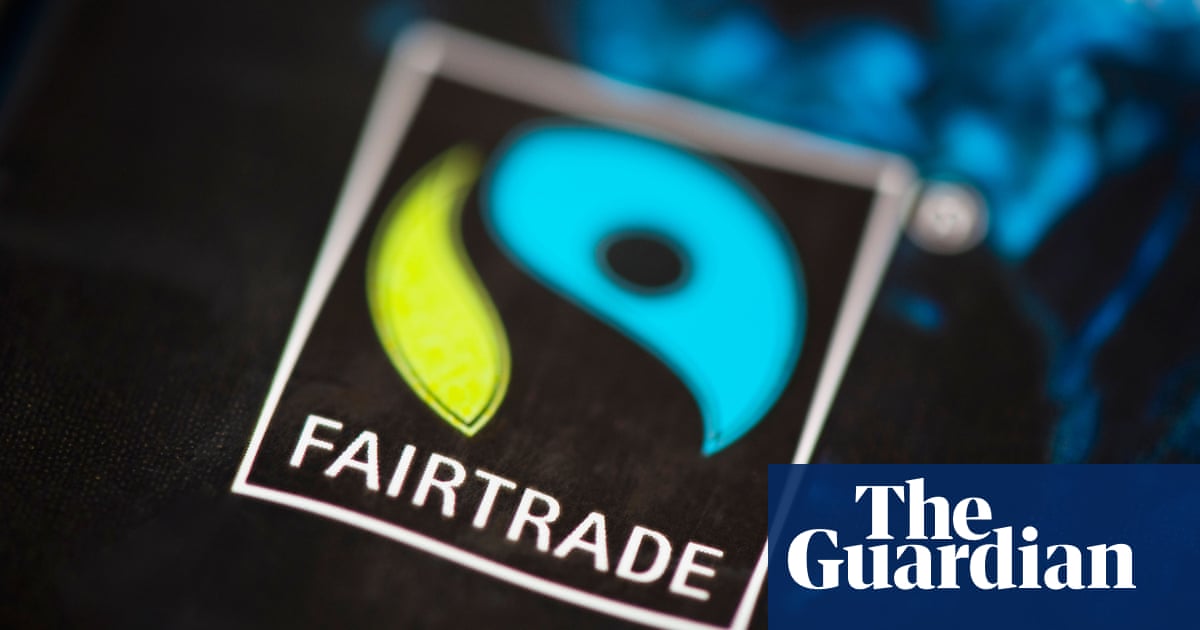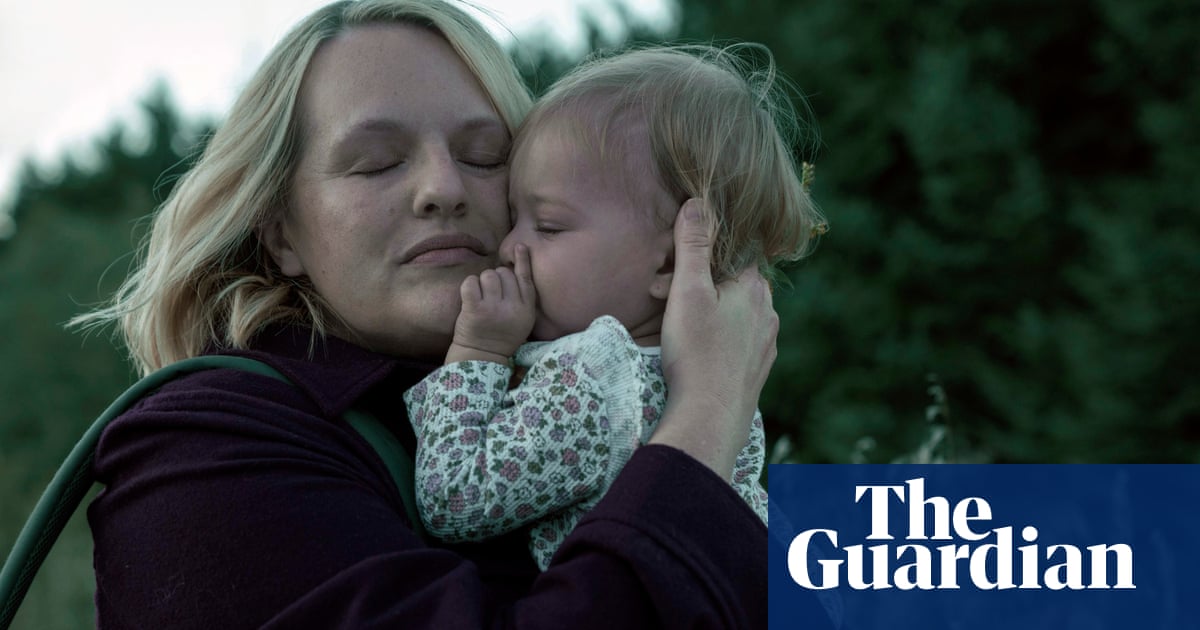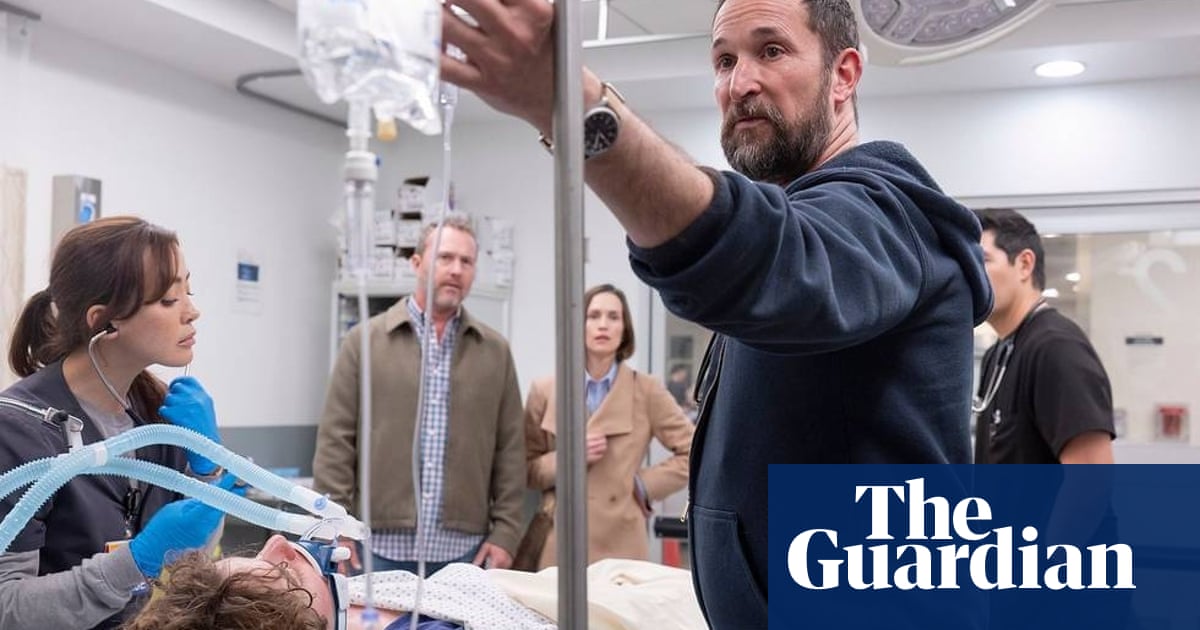During a house move, a cardboard box belonging to my husband Matthew’s grandparents came to light. Inside we found thousands of love letters sent between the Manchester Guardian journalist Gerard Fay and his wife Alice, during the second world war. They were jumbled up and undated, and reading them all seemed a daunting task, so the box was shelved.
Matthew is an academic writing a book about an earlier generation of Fays, Frank and Willie, the actors who co-founded Dublin’s Abbey theatre with WB Yeats. Frank was Gerard’s father, so when lockdown happened we decided to tackle the correspondence, to see if there was any useful information for Matthew’s book. We discovered so much more.
Called up to fight in 1940 at the age of 26, Gerard Fay joined the army as an ordinary soldier while his wife Alice – or “Loll”, short for Lollipop – remained in the north of England. Matthew and I used datable events, both domestic and global, to order the letters, and a story began to unfold of Gerard’s rise through the ranks, his service on D-Day and subsequent wounding, and Loll’s life on the home front.

Loll, a former teacher, was evacuated from Manchester and went to live with various relatives in cramped conditions with their toddler Stephen and, later, baby Elizabeth. Rain poured through the ceilings and there were mice in the drawers. Making nutritious meals during rationing was a constant challenge and she worried about measles, whooping cough and her son’s education. Stephen dirtied his pants and lost clogs and caps. But Loll was a make-do-and-mend expert and avid knitter. She loved fashion and hoped for enough clothing coupons to buy a non-utility suit for a wartime wedding.
Alongside his basic training, which took place all over the UK, Gerard found himself representing soldiers at courts martial, censoring letters, giving lectures on current affairs to the troops, and even writing a precis of the Beveridge report. He met Polish, Canadian and American soldiers and there were endless schemes where he ran for miles, fell off motorbikes, slept under hedges and wished he had a leather waistcoat to keep him dry. He laughed at the absurdities of army life and continued to write for the Guardian under the pseudonym “Infantryman”.
What is most striking is the modern quality of their relationship. Loll wrote openly about her depression, they quarrelled by letter, they discussed their sex life. They fantasised about what they would do when Gerard was home on leave, discussed the pros and cons of contraceptive methods, and worried that they had been careless and that baby number three was on the way.

Throughout the four years they were apart, the couple nourished their relationship with lively debate of novels such as Aldous Huxley’s Point Counter Point, jokes about Gerard’s passion for Ginger Rogers, accounts of trips to cafes, pubs, concerts, dances and “the flicks”, and gossip about family and friends. Gerard and Loll were bound by their social conscience too – they hoped for class equality after the war, and Loll pledged to write to her MP about the injustice of family allowance being paid to fathers not mothers.
The intimate letters give valuable insight into what life was like for ordinary men and women during the war. Many wartime letters and diaries exist, but this dual correspondence is unusual as it reveals both sides of a family story. Matthew and I knew we had something special on our hands and began to publish the correspondence. Then a trip to the theatre took us in a new direction.
Last June we caught Red Sky at Sunrise, the brilliant Laurie Lee production starring Anton Lesser and Charlie Hamblett, who appears in Netflix’s Missing You. I immediately thought that a reading of our letters by two young actors, underscored by an onstage orchestra, would be a powerful way to mark the 80th anniversary of VE Day.
I am delighted that this is now a reality. I had already set my heart on Charlie to portray Gerard and was so pleased when Daisy Waterstone, who plays Margo in ITV’s The Durrells, took the role of Loll. The music, arranged and performed by Le Page Ensemble, will be both 1940s and classical. Dear Loll: A Wartime Marriage in Letters premieres at Wilton’s Music Hall in London this month, and the plan is to take it to theatres and festivals around the UK.
Matthew and I have written the script and the scene is set. We publish the next batch of letters (1941-42) this month, with a final edition (1943-44) in September. The words of the Fays bear witness to the consequences of conflict, not just in terms of the bloodshed but also in the dismantling of day-to-day life, and it is imperative that their story is told.
-
Dear Loll: A Wartime Marriage in Letters is at Wilton’s Music Hall, London, 30-31 May. Then touring

 8 hours ago
5
8 hours ago
5













































